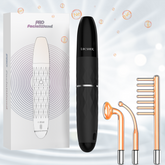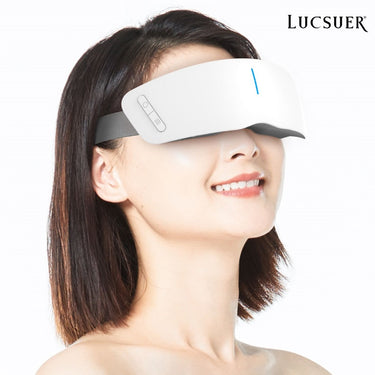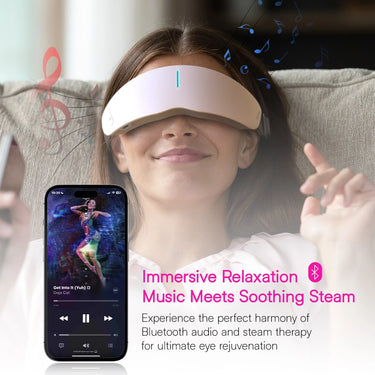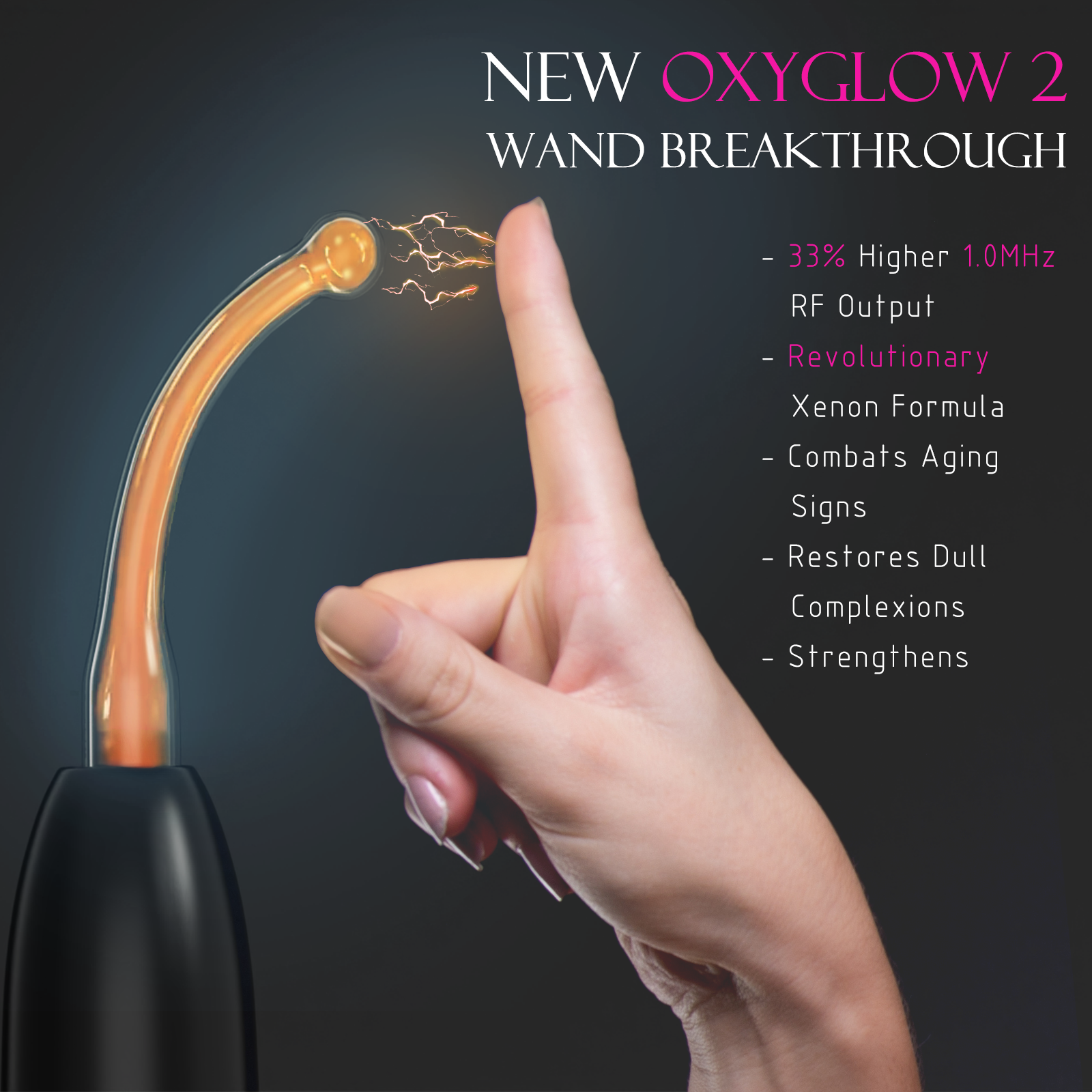Introduction
In the pursuit of a smooth, hair-free complexion, selecting the right hair removal device can make all the difference. Just as skincare routines are tailored to individual needs, the choice of hair removal method should be based on your unique skin type. Failing to consider your skin’s characteristics can lead to discomfort, irritation, or even long-term damage. This comprehensive guide will help you navigate the world of hair removal devices, ensuring you find the perfect solution for your specific skin type.
The purpose of this article is to educate readers on the importance of understanding their skin type and how it influences the hair removal process. We’ll explore various devices, their mechanisms, and their suitability for different skin types. By the end, you’ll have the knowledge to make an informed decision, ensuring a safe, effective, and comfortable hair removal experience.
Understanding Your Skin Type
Before delving into the world of hair removal devices, it’s crucial to identify your skin type. Skin types can generally be categorized as oily, dry, combination, sensitive, or normal. Each type has unique characteristics and requirements, which play a significant role in determining the most appropriate hair removal method.
Skin Type Categories
- Oily Skin: Characterized by excessive sebum production, resulting in a shiny appearance and potential for clogged pores.
- Dry Skin: Lacks sufficient natural oils, leading to tightness, flakiness, and a dull complexion.
- Combination Skin: A blend of oily and dry areas, typically with an oily T-zone and dry cheeks.
- Sensitive Skin: Prone to redness, irritation, and reactions to certain products or treatments.
- Normal Skin: Balanced, with minimal issues related to oiliness, dryness, or sensitivity.
Identifying Your Skin Type
To determine your skin type, there are a few simple tests and observations you can make:
- Blotting Sheet Test: Press a blotting sheet or tissue onto your forehead, cheeks, and chin. If oil is absorbed from all areas, you likely have oily skin; if only the T-zone shows oil, you have combination skin.
- Flakiness Check: Examine your skin for dryness, flakiness, or a dull appearance, which can indicate dry skin.
- Sensitivity Check: Pay attention to any redness, itchiness, or irritation after using new products or undergoing treatments, which may signal sensitive skin.
Why Skin Type Matters in Hair Removal
Different skin types react differently to various hair removal methods. Oily skin may be more prone to ingrown hairs and breakouts after certain treatments, while dry skin can become irritated and inflamed. Sensitive skin requires extra care to avoid adverse reactions. Understanding your skin type is crucial in selecting a hair removal device that minimizes discomfort, ensures safety, and delivers optimal results.
Types of Hair Removal Devices
The market offers a wide range of hair removal devices, each with its own unique technology and suitability for different skin types. Here’s an overview of the most popular options:
Laser Hair Removal Devices
Laser hair removal devices use concentrated beams of light to target and disable hair follicles, preventing future growth. These devices are highly effective and can provide long-lasting results, but they work best on certain skin tones and hair colors. Lighter skin tones with darker hair typically achieve the best results.
IPL (Intense Pulsed Light) Devices
IPL, or Intense Pulsed Light, devices emit broad-spectrum light that targets melanin in the hair shaft, causing damage and inhibiting future growth. These devices are generally safe for a wider range of skin tones but may not be as effective on very light or dark hair colors.
Epilators
Epilators are handheld devices with rotating discs or tweezers that grab and remove hair from the root. While effective, they can be quite painful, especially for those with sensitive skin or low pain tolerance. However, they can be a good option for those with normal or slightly dry skin types.
Electric Shavers and Trimmers
Electric shavers and trimmers are ideal for those with sensitive skin or those prone to ingrown hairs. They provide a close shave without irritating the skin or causing nicks and cuts. However, they only remove hair at the surface level and may not provide long-lasting results.
Depilatory Devices
Depilatory devices use chemical formulas to dissolve hair, allowing for easy removal. While convenient, these devices may not be suitable for those with sensitive or allergy-prone skin, as the chemicals can cause irritation or adverse reactions.
Matching Hair Removal Devices to Skin Types
Now that we’ve explored the different types of hair removal devices, let’s dive into how they can be matched to your specific skin type for the best results.
Oily Skin
For those with oily skin, laser hair removal devices or IPL devices are often recommended. These devices are less likely to cause ingrown hairs or breakouts, as they target the hair follicle directly without disrupting the skin’s surface. However, it’s essential to follow proper pre- and post-treatment care to avoid any potential issues.
Dry Skin
If you have dry skin, epilators or electric shavers/trimmers may be the better choice. Epilators can effectively remove hair without the need for harsh chemicals, while electric shavers/trimmers provide a gentle, non-irritating option. Be sure to moisturize well after hair removal to replenish lost moisture and prevent further dryness.
Combination Skin
Those with combination skin may benefit from versatile devices that can accommodate both oily and dry areas. IPL devices or certain laser hair removal devices with adjustable settings can be tailored to different skin zones. Additionally, incorporating a combination of hair removal methods, such as shaving for dry areas and epilating for oily zones, can be effective.
Sensitive Skin
For those with sensitive skin, it’s crucial to choose devices with gentle modes and hypoallergenic options. Electric shavers/trimmers are often recommended, as they minimize skin irritation and inflammation. If using laser or IPL devices, ensure they have built-in skin tone sensors and adjustable settings to prevent overexposure or damage.
Normal Skin
Those with normal skin have the flexibility to choose from a wide range of hair removal devices. However, it’s still important to consider factors such as pain tolerance, desired hair removal duration, and personal preferences. Regular maintenance and proper aftercare are essential for maintaining healthy, normal skin.
Important Features to Consider
In addition to the device type and your skin type, there are several other features to consider when selecting a hair removal device:
Device Power and Settings
Look for devices with adjustable power and settings, allowing you to customize the intensity based on your skin’s sensitivity. This can help minimize discomfort and reduce the risk of adverse reactions.
Skin Tone Sensors
Many laser and IPL devices now come equipped with built-in skin tone sensors. These sensors automatically adjust the energy output based on your skin tone, ensuring safe and effective use.
Corded vs. Cordless Devices
Cordless devices offer convenience and portability, but corded devices may provide more consistent power output and longer usage times. Consider your preferences and intended use when making this choice.
Additional Attachments and Accessories
Some devices come with additional attachments or accessories designed for specific body areas, such as facial attachments or bikini-line trimmers. These can enhance the versatility and effectiveness of the device.
Brand Reputation and Reviews
Finally, consider the brand reputation and customer reviews of the devices you’re interested in. Reputable brands with positive reviews can provide assurance of quality, safety, and effectiveness.
Safety and Precautions
Regardless of the hair removal device you choose, it’s essential to prioritize safety and follow proper precautions:
Patch Testing
Before using any new hair removal device, it’s recommended to perform a patch test on a small area of skin. This allows you to monitor for any adverse reactions or sensitivity before proceeding with full treatment.
Following Manufacturer Instructions
Carefully read and follow the manufacturer’s instructions for your chosen device. Adhering to the recommended usage guidelines, including treatment duration, intensity levels, and aftercare, can help ensure safety and optimal results.
Aftercare Tips
After hair removal, it’s crucial to care for your skin properly. This may include avoiding direct sun exposure, applying soothing moisturizers or aloe vera gel, and refraining from harsh exfoliation or other irritating treatments until the skin has fully recovered.
FAQs
Even after understanding the various hair removal devices and their suitability for different skin types, you may still have some lingering questions. Here are some of the most frequently asked questions about choosing the right hair removal device:
How often should I use my hair removal device?
The frequency of use depends on the specific device, your hair growth rate, and personal preferences. As a general guideline, laser and IPL devices may require treatments every 4-8 weeks, while epilators and electric shavers/trimmers can be used more frequently, such as weekly or bi-weekly.
Can I use these devices on all parts of my body?
Most hair removal devices are designed for use on various body areas, including the face, legs, arms, underarms, and bikini line. However, it’s important to follow the manufacturer’s instructions and exercise caution when using devices on sensitive areas or near the eyes and other delicate regions.
What should I do if I experience irritation?
If you experience irritation, redness, or any adverse reaction after using a hair removal device, discontinue use immediately. Apply a soothing, fragrance-free moisturizer or aloe vera gel to the affected area and seek advice from a dermatologist or skincare professional if the irritation persists.
Conclusion
Choosing the right hair removal device for your skin type is essential for achieving a smooth, hair-free complexion without compromising your skin’s health or comfort. By understanding your skin type and the mechanisms of various hair removal devices, you can make an informed decision that aligns with your specific needs.
Remember, oily skin may benefit from laser or IPL devices, dry skin may be better suited for epilators or electric shavers/trimmers, combination skin may require a versatile approach, sensitive skin demands gentle options, and normal skin provides flexibility in device choice.
Invest time in researching and considering the important features, such as adjustable settings, skin tone sensors, and brand reputation, to ensure a safe and effective hair removal experience.
Ultimately, choosing the right hair removal device is an investment in your confidence and self-care routine. Embrace the opportunity to find a solution that works harmoniously with your skin type, leaving you with a smooth, radiant complexion that enhances your natural beauty.
Additional Resources
For those seeking further guidance or wanting to explore recommended products, here are some additional resources:
Further Reading
- “The Ultimate Guide to Laser Hair Removal for Different Skin Tones” by [Reputable Skincare Publication]
- “Sensitive Skin? Here’s How to Choose the Right Hair Removal Method” by [Dermatologist or Skincare Expert]
- “The Pros and Cons of Different Hair Removal Devices” by [Beauty Magazine or Blog]
Recommended Products
- [Laser Hair Removal Device] - Ideal for oily and normal skin types
- [IPL Device] - Versatile option for various skin tones and types
- [Epilator] - Recommended for dry and normal skin types
- [Electric Shaver/Trimmer] - Gentle choice for sensitive skin
- [Depilatory Device] - Suitable for normal skin types with low sensitivity
Remember, these recommendations are based on general guidelines, and it’s always best to consult with a skincare professional or dermatologist to determine the most suitable option for your individual needs and skin type.









